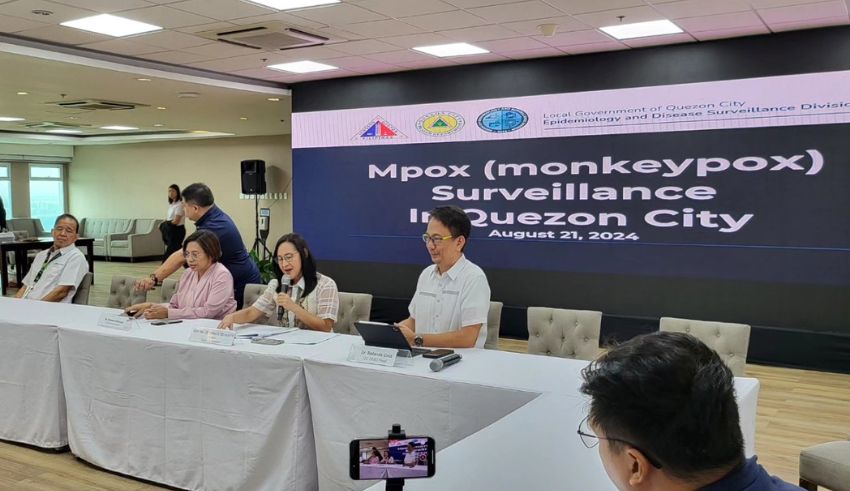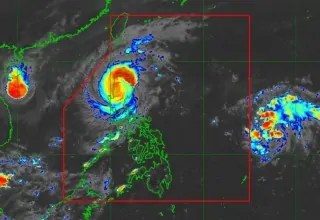
The current MPX epidemic in Quezon City exposes a serious public health issue needing a comprehensive reaction pace. The discovery of the first MPOX patient in the nation this year—a 33-year-old Filipino—emphasizes the need of active community participation and careful containment strategies to stop the maybe lethal virus from spreading.
The Incident: Finding Mpox and First Reaction
Before his diagnosis, the patient, who had not left the country, visited a massage center and a dermatological clinic on E. Rodriguez Avenue in Quezon City. Mayor Joy Belmonte of Quezon City said the spa shuttered right away after authorities found expired permits. While this fast response is admirable, it also begs questions about the application of economic standards and the likely health hazards resulting from unbridled businesses.
Important actions in control include quarantine and contact tracking
According to the local administration, the patient with the thempox has 41 close contacts; all of them have been isolated in line with the containment policy. Since the U.S. Centers for Disease Control and Prevention (CDC) believe that contact with contaminated objects, fabrics, and surfaces can spread the virus, these actions are absolutely necessary in reducing the spread of the disease known as mpox.
Although the first stage is clearly the quick response of the local authorities, persons under quarantine also need ongoing surveillance and support. Public health authorities should guarantee that these people get the required treatment and that the public is acquainted with the situation of affairs.
National and international background: mounting public health issue
Declared a public health emergency of international concern, the World Health Organisation (WHO) has highest alert level for the global mpox surge. Given the patient’s lack of recent travel experience, the fact that this incident happened in the Philippines emphasizes the requirement of global consciousness and local readiness.
Health officials are waiting on sequencing data to ascertain whether the virus is the more transmissible and lethal variation recently discovered in other countries, Clade 1b strain. This emphasizes the requirement of improved surveillance and fast reaction capacity to suitably control any outbreak.
Public Viewpoint and Preventive Actions
The Department of Health (DOH) underlined the need of public knowledge in stopping the mpox epidemic. The virus can be passed by close contact with contaminated objects or sick people, leading to a characteristic rash over much of the body. The CDC also issues warnings regarding poorly cleaned items including bedding, clothes, and even sex toys possibly leading to an infection.
The DOH has also been fast to remove false information, especially stories connecting COVID-19 vaccinations tompox. Constant updates will be given to let the public know the system is ready to manage the scenario, according to Teodoro Herbosa, the health secretary.
The Need of Alertness and Prepareability
The government and the people should be alert while the nation negotiates this increasing health hazard. If we want to curb the spread ofmpox, health officials have to guarantee that public information efforts are strengthened and that containment strategies are rigorously followed.
This experience reminds us of the need of a strong public health system competent of quick reaction to new hazards. The way the government controls this MPX epidemic will try its capacity to control public health emergencies and safeguard the welfare of its citizens.
Last Thought: a Demand to Action
The beginning of the epidemic in Quezon City highlights issues affecting the whole country. To stop more spread and control the virus, government, healthcare, companies, and the people all have to cooperate. By means of coordinated measures, the Philippines can successfully handle this public health issue and protect the welfare of its people. This is the moment to act; it has to be forceful, constant, and quick.























